The “Winning Ugly” White Sox : A 40th Anniversary Tribute Looking Back at the 1983 AL West Champs
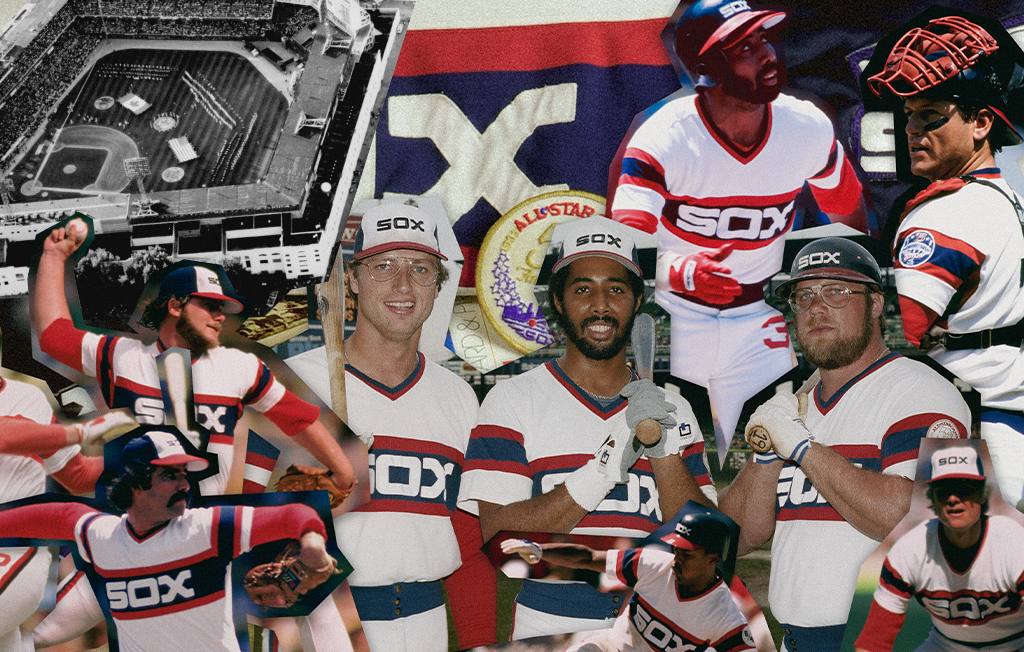
It had been 24 years since the “Go-Go” White Sox won the American League pennant in 1959, when the relatively new ownership, headed by Jerry Reinsdorf and Eddie Einhorn, positioned the 1983 White Sox for success. The South Side club, led by executive of the year, general manager Roland Hemond, a power-laden, pitching-rich roster with speed, capable defense, and an elite coaching staff, became the “Winning Ugly” White Sox. The team won the American League West going away, and playoff baseball returned to Comiskey Park.
Memories flood back as fans fondly remember one of the elite teams in White Sox history on its 40th anniversary. Here are some fun facts that thrilled the faithful in ’83:

After struggling at the start of the season — 8–10 in April and 12–15 in May — The White Sox rebounded in June, going 18–10. By the All-Star Break, the team stood three games above .500 at 40–37 and jumped into first place for the remainder of the season on July 18.
From that point on, the White Sox coasted to the AL West title, going 22–9 in August, 22–6 in September and a finishing a perfect 2–0 in October. The efforts resulted in a 99–63 record and a whopping 20-game margin over the second-place Kansas City Royals.
The starting pitching staff was deep in 1983, as seven pitchers on the roster had won at least 10 games in a season prior to their campaign. LaMarr Hoyt pitched a team-leading 24-wins with a 3.66 ERA and Richard Dotson threw 22 wins with a team-leading 3.23 ERA. Rounding out the rotation, left-handers Floyd Bannister (3.35 ERA), Britt Burns (3.58 ERA and Jerry Koosman (4.77 ERA) combined for 37 additional wins.

So, what sparked the rallying cry “Winning Ugly?”
Around the time of the All-Star Break, Texas Rangers manager Doug Rader commented that the White Sox weren’t playing well — they were “winning ugly.”
Since then, the phrase has been closely identified with the ’83 White Sox, and the uniforms they wore are synonymous with that team. These are the same uniforms that the club has worn for virtually every Sunday home game the past few years to commemorate a most memorable era.

The 1983 White Sox were loaded offensively and led baseball with 800 runs scored with major contributions from virtually everyone. Pitching saw similar dominance with a stellar staff that ranked third in the league with a fine 3.67 earned run average.
Here’s a look at the other top performers:
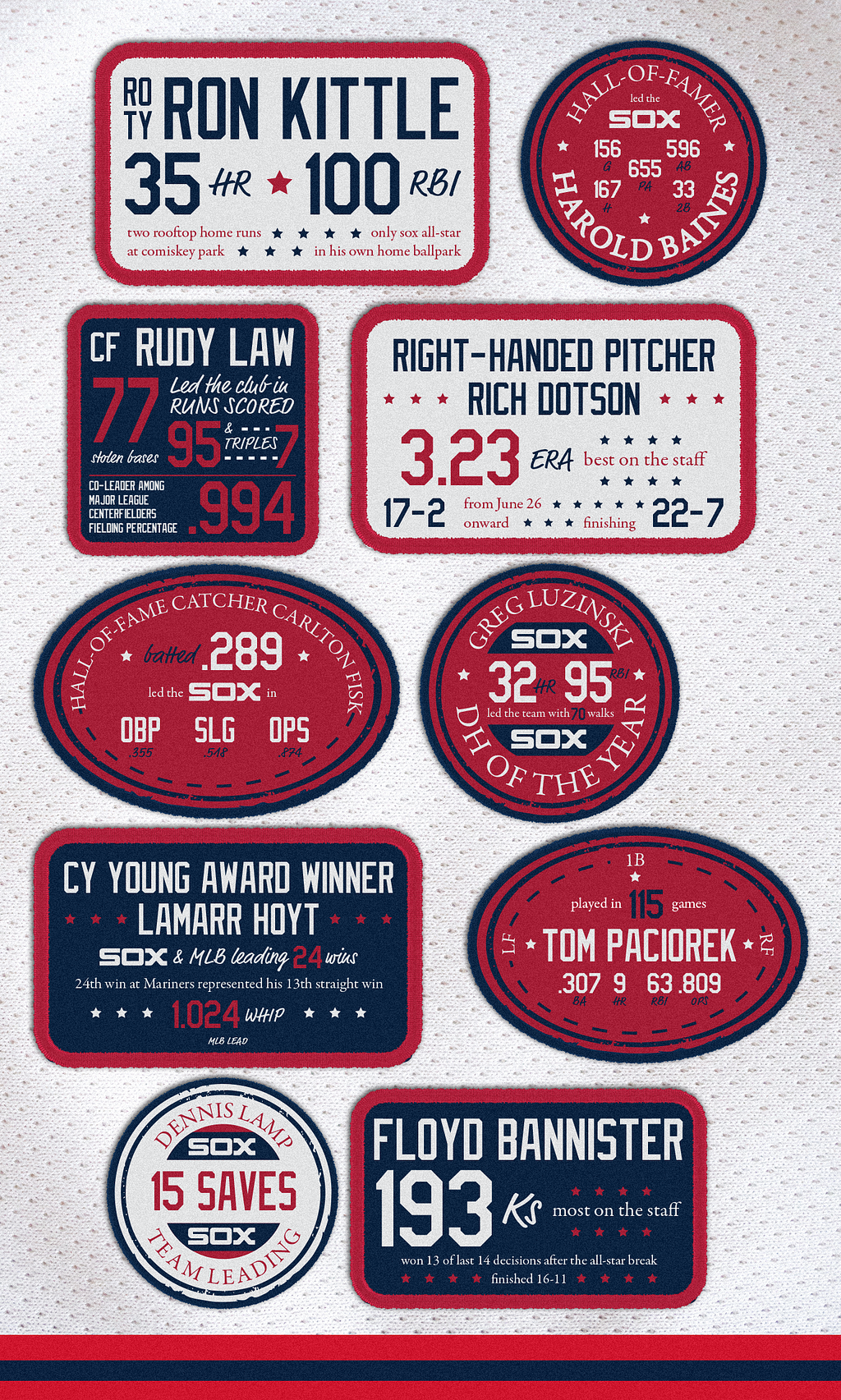

• Rookie first baseman Greg Walker played 118 games, hit 10 homers, drove in 55 and batted a respectable .270.
• Lefty veteran Jerry Koosman — who already established himself as a winner with the New York Mets — was a big contributor to the pitching staff and in the clubhouse, winning 11 games.
• Reliever Salome Barojas added 12 saves. Fellow righty Dick Tidrow and lefty Juan Agosto had seven apiece.
• Others who made important contributions include left-handed hurler Britt Burns, infielder Jerry Dybzinski, pinch-hitter extraordinaire Jerry Hairston. Infielder Scott Fletcher, third baseman Vance Law and first baseman Mike Squires.
Kittle, for one, has often talked about that glorious season: “It was a dream come true for me in 1983. I was a local kid from Gary, Indiana. I grew up a baseball fan. I had some great teammates, great coaches. I came to the ballpark every single day to be the hero…I got Rookie of the Year, a division championship team, good teammates, fun guys, and I still remain friends with them.”

Two player moves were instrumental in the White Sox mid-season turnaround.
The first occurred on May 22 when manager Tony La Russa moved Fisk, batting .136 in the sixth and seventh holes, was moved to the second spot in the lineup. He thrived while the White Sox offense improved dramatically evidenced by his final numbers.
The second came on June 15 when the club acquired flashy second baseman Julio Cruz from the Mariners. Aside from his dazzling play in the field which stabilized the defense, Cruz added more speed to a lineup to complement Rudy Law.

Sox fans of a certain age will never forget September 17, when the White Sox clinched the AL West with a 4–3 victory over the Seattle Mariners. The image of Cruz racing home with hands raised to the sky on a Baines sacrifice fly is an indelible memory.
There was no hangover the next day as the team won its 17th consecutive home game, blanking the Mariners, 6–0.

One of the most underrated facts about the 1983 White Sox is that they possessed an elite coaching staff that many feel has been unsurpassed in baseball history.
The manager, of course, was La Russa, a future Hall of Famer who won three World Series, six league championships and 13 division titles with the White Sox, Oakland A’s and St. Louis Cardinals and was a four-time Manager of the Year — including 1983. His 2,902 victories are second only to the legendary Connie Mack.
Serving under La Russa as the third base coach was the fiery Jim Leyland, who won a World Series with the Florida Marlins and is a three-time Manager of the Year.
The hitting coach was ex-big-league catcher Charley Lau, of whom former major league star and manager Lou Piniella (among others) have called “the greatest hitting instructor of them all.” Lau had a great deal to do with the success of Luzinski, Fisk, Baines and Kittle on the team after creating his magic touch previously with the Orioles, A’s, Royals and Yankees.
Similar to Lau’s reputation as a hitting coach, the White Sox pitching coach in 1983 was Dave Duncan, among the elite at his role if not the best. Duncan served as LaRussa’s pitching coach from 1983 to 2011 and followed the skipper from Chicago to the A’s and Cardinals. The pitchers on those staffs he directed won four Cy Young Awards.
Rounding out the coaching staff were former major-league Gold Glover and All-Star Ed Brinkman, who worked with the infielders; Davey Nelson, also an All-Star infielder, who was the first base coach and base-running instructor; highly-respected minor league coach Loren Babe; plus Art Kusyner, the talented and hilarious bullpen coach, who was a 19-year veteran of the White Sox organization.
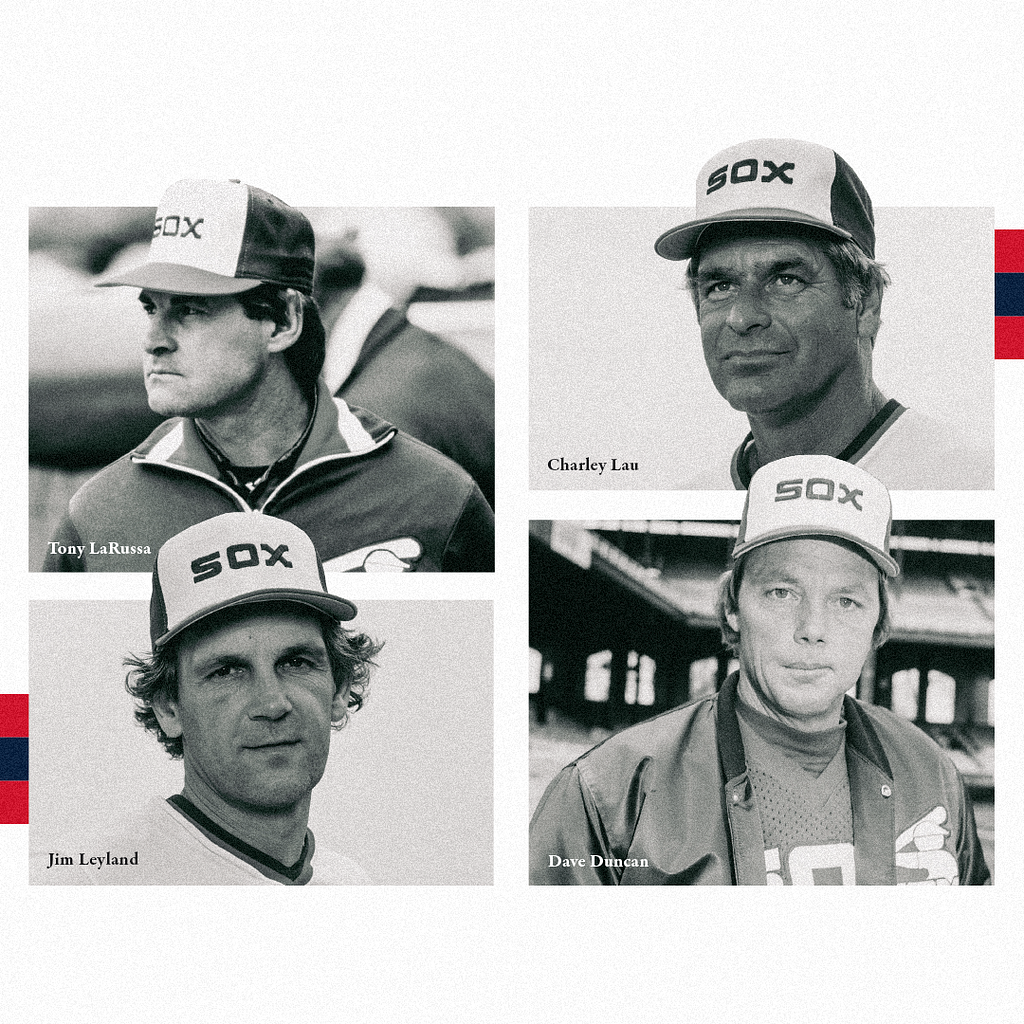
“That team was one of the great chemistry teams of all time,” said Walker. “It started with Tony and the coaching staff and carried to the veterans on the team like Koosman, Fisk and Luzinski…it was just great to be around them and learn from them.”

The excitement on the field for the Winning Ugly White Sox certainly wasn’t lost on fans.
The club broke the previous Chicago attendance record by drawing 2,132, 821 fans to Comiskey. The previous Sox attendance mark was 1,657,135 set in 1977, the year of the Southside Hitmen.

The first game of the ALCS came on the road vs. the AL East champion Baltimore Orioles. In the White Sox first postseason game since 1959, the team — behind the five-hit pitching of Hoyt — claimed a tense 2–1 victory at Memorial Stadium.
It would be the White Sox only win of the series, as the Orioles won Game 2 in Baltimore and came back to Chicago, winning the next three in the best-of-five set. Game 4 was a classic, heartbreaking for the hometown faithful, witnessing one of the great pitching performances in club record books.
The game was scoreless heading into the 10th inning as Burns was brilliant, shutting out the Orioles through nine innings. With one out, as the 45,477 in attendance were stunned in silence, the Orioles’ Tito Landrum slammed a solo shot to give Baltimore the lead. The O’s would score two more, stop the White Sox in the bottom half of the inning and walk away with the AL Pennant and eventually the World Series title against the Philadelphia Phillies.

In the middle of the memorable 1983 season, the White Sox hosted the 50th anniversary All-Star Game on the same field as the inaugural contest in 1933. The American League, including Sox representative Kittle (who singled), emerged victorious, 13–3, led by the game’s MVP Fred Lynn who hit the first and only grand slam homer in the Classic’s history.
The All-Star festivities were made even more special with an Old-Timers’ Game the day before, featuring 88 All-Stars, 41 Hall of Famers and 13 who played in that first game a half-century before.
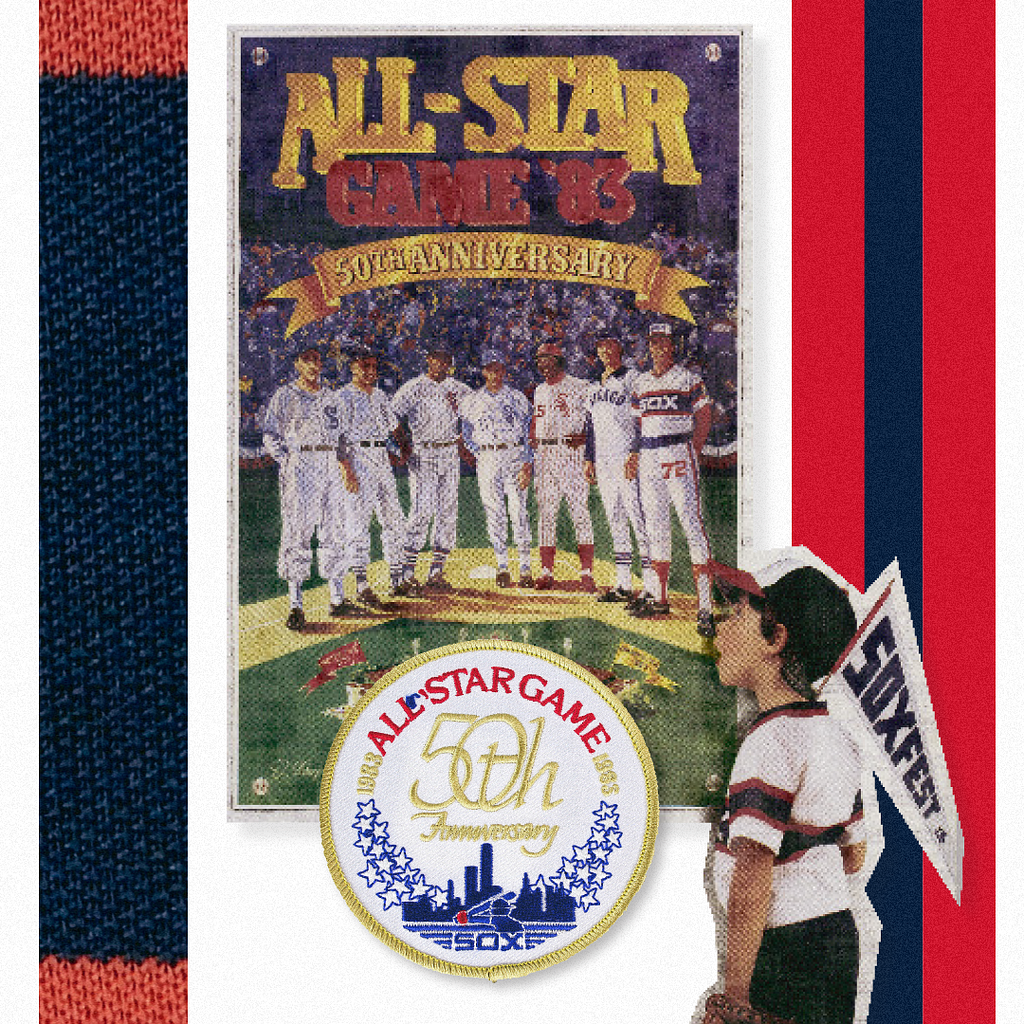

The 1983 White Sox were a special team. It was the first title for the Reinsdorf-Einhorn ownership group. It ended almost a quarter century of the organization missing out on the postseason. A star-studded lineup, featuring two future Hall of Famers in Fisk and Baines, elite starting pitching, a local kid who was named rookie of the year and the leadership of the second winningest manager in history, made for a winning combination — ugly or not.
Story written by Art Berke.
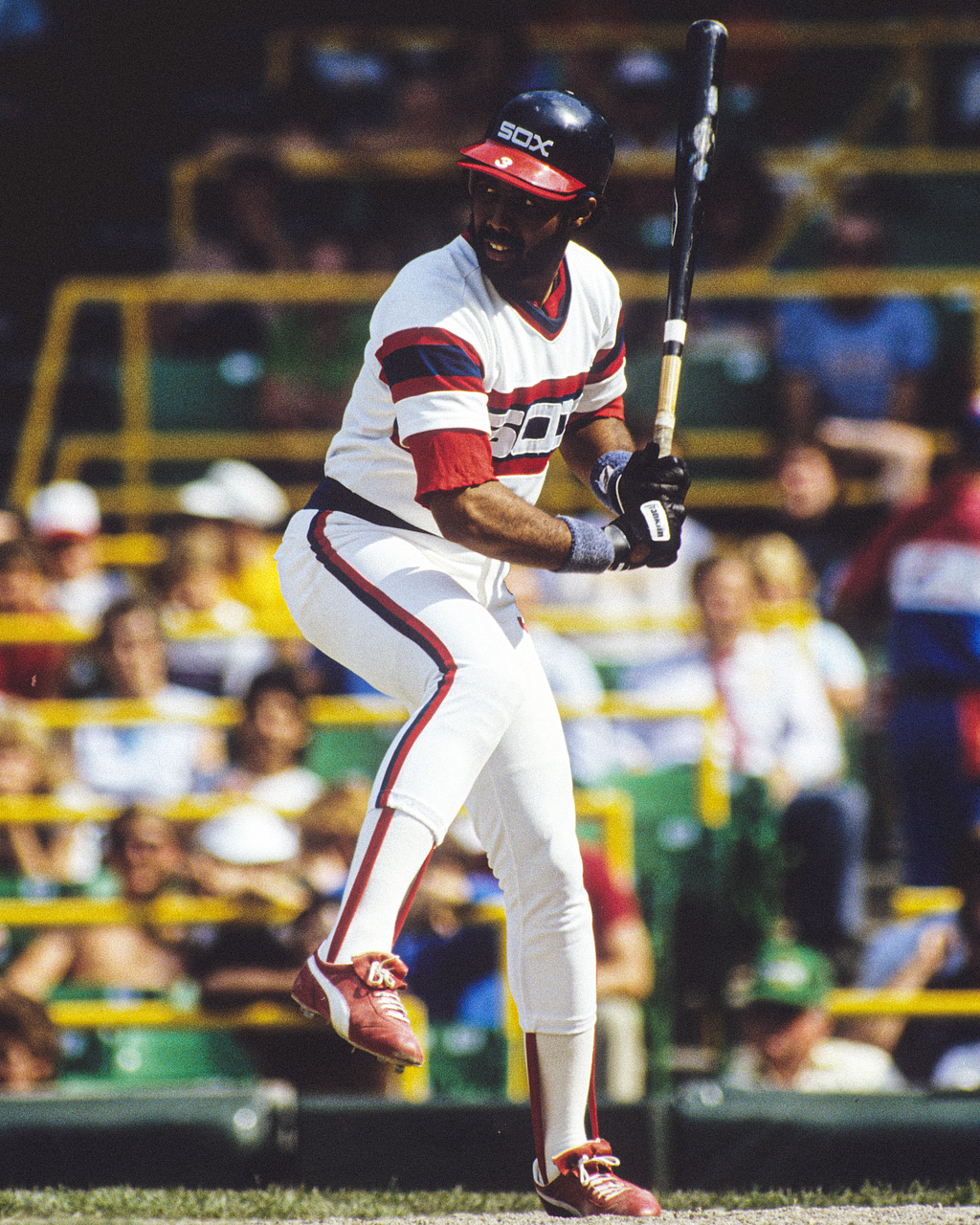
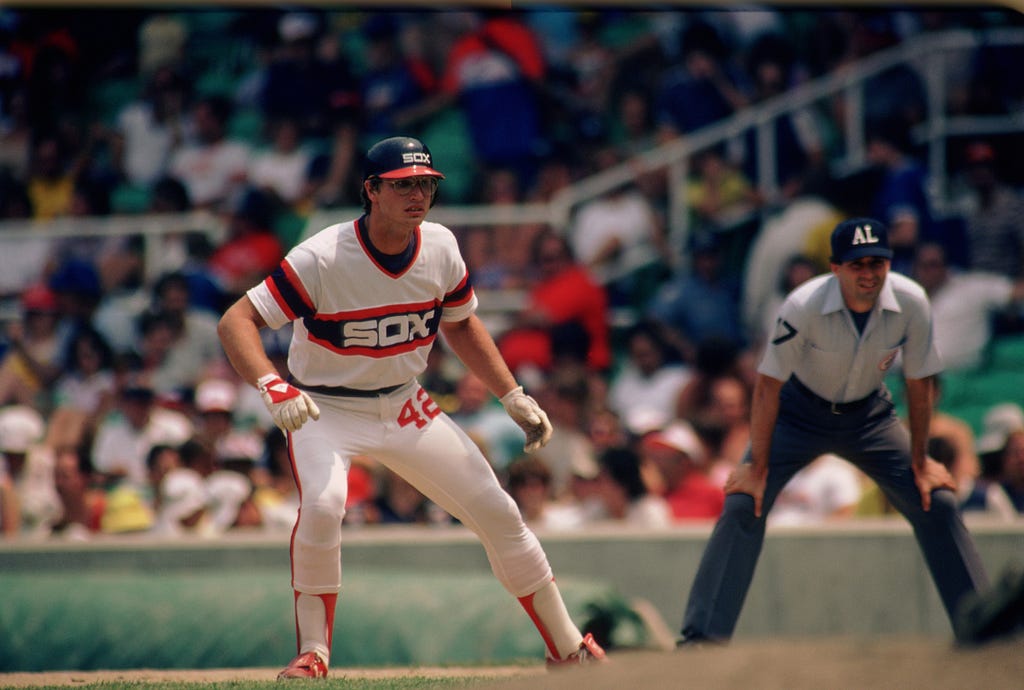
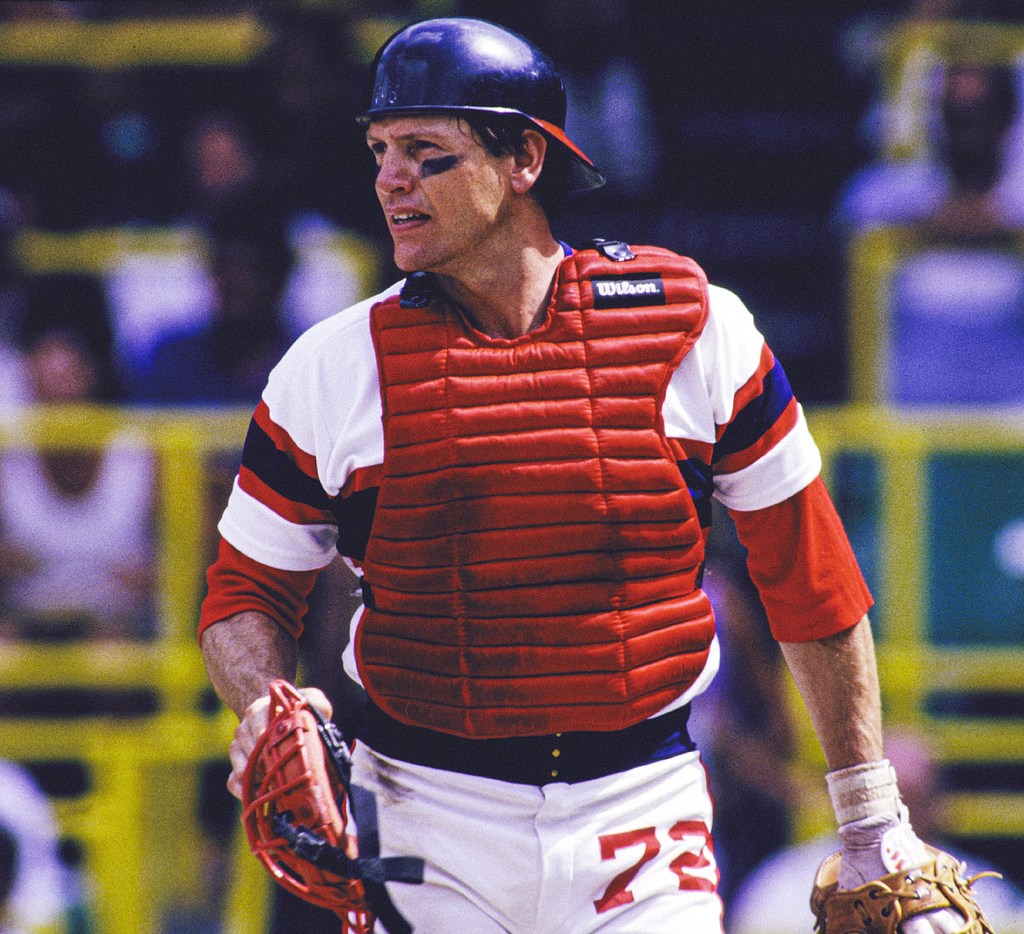
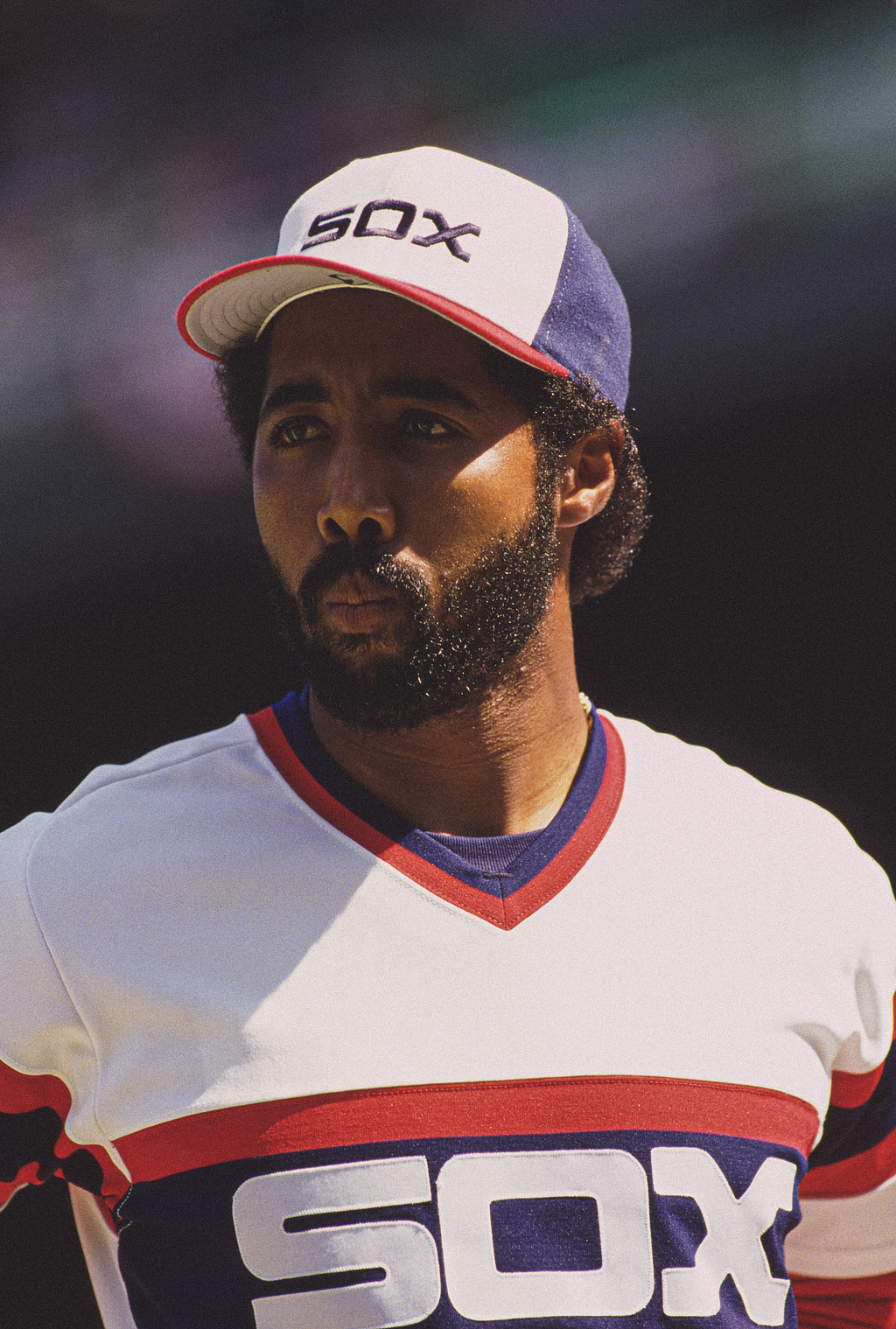
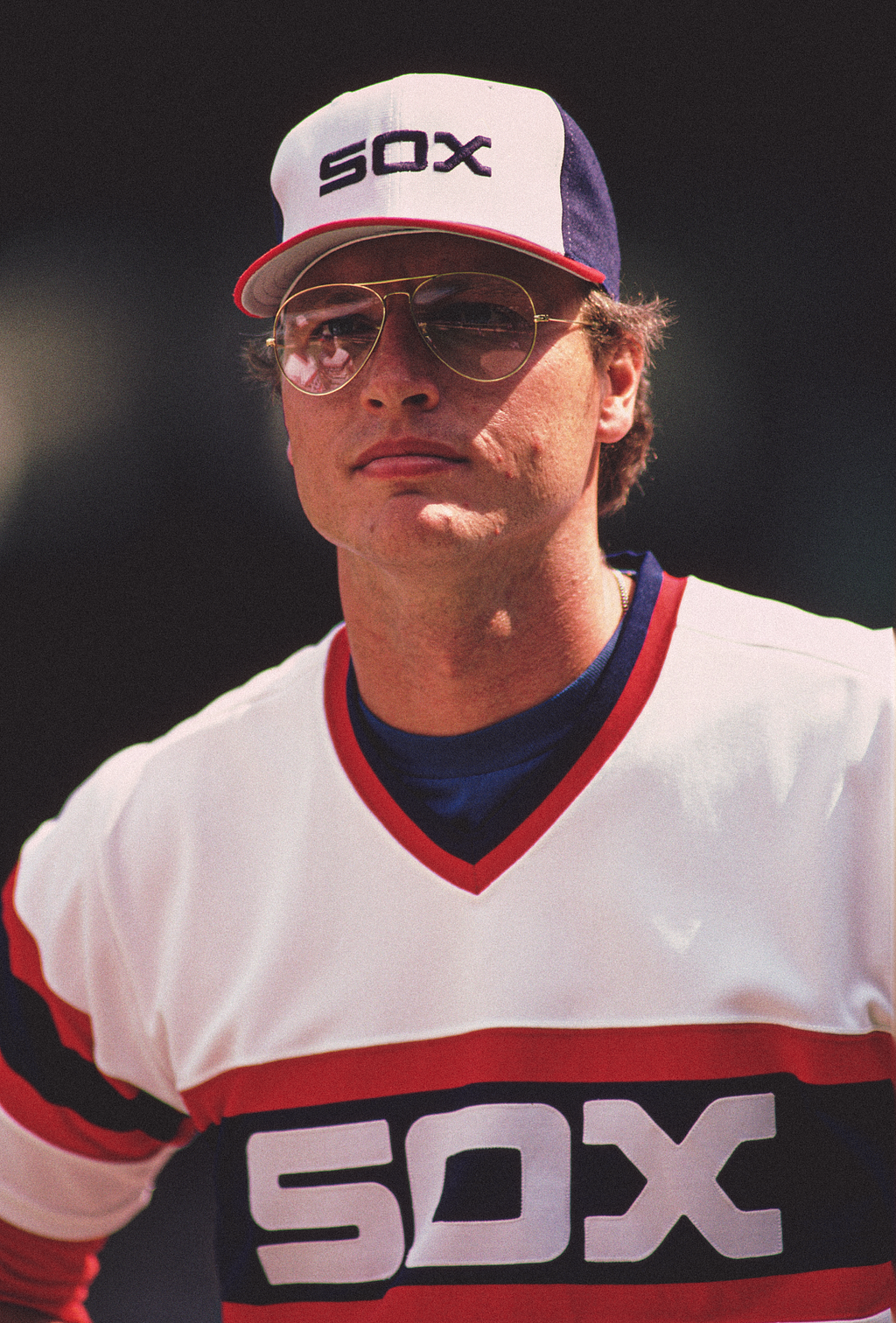
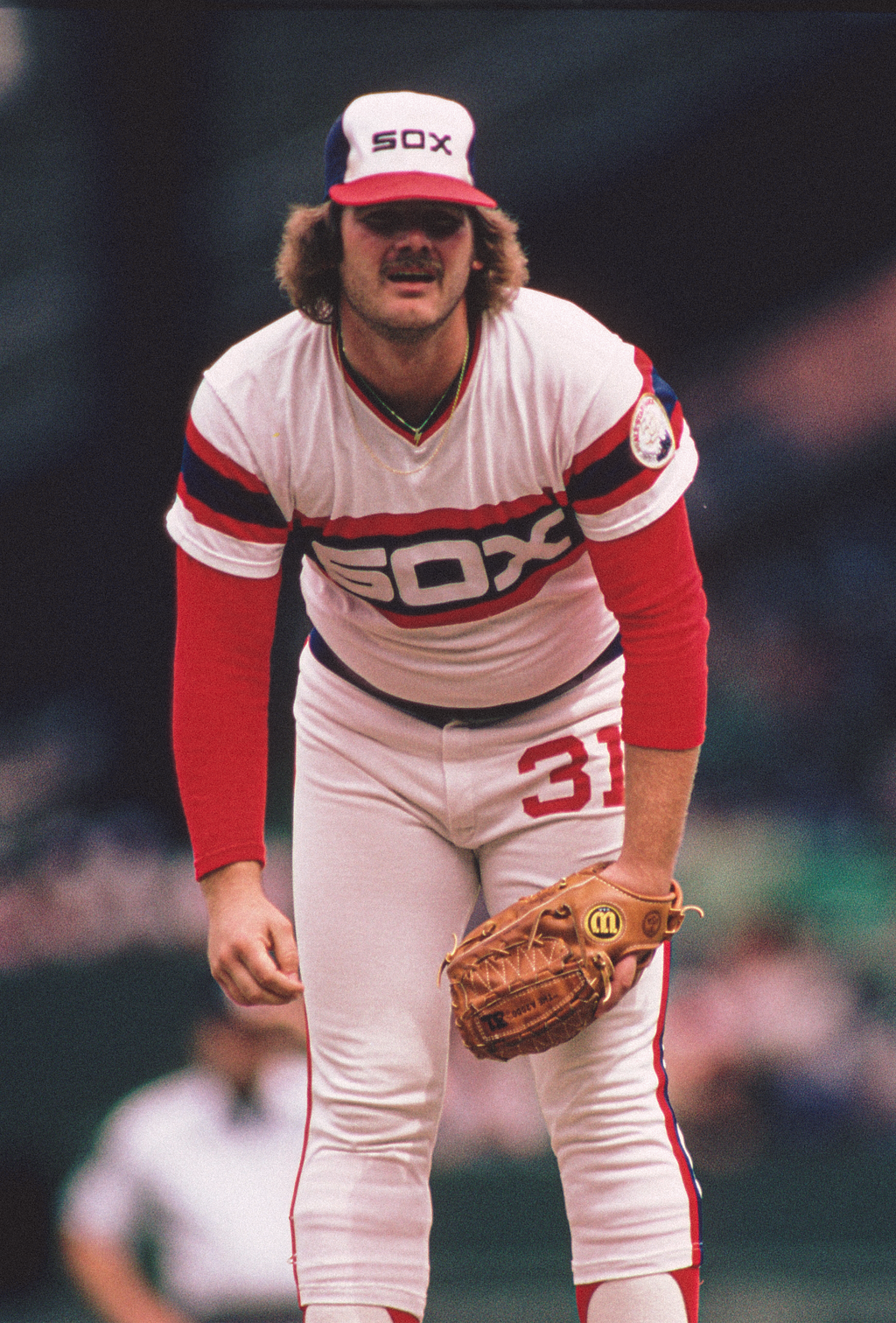
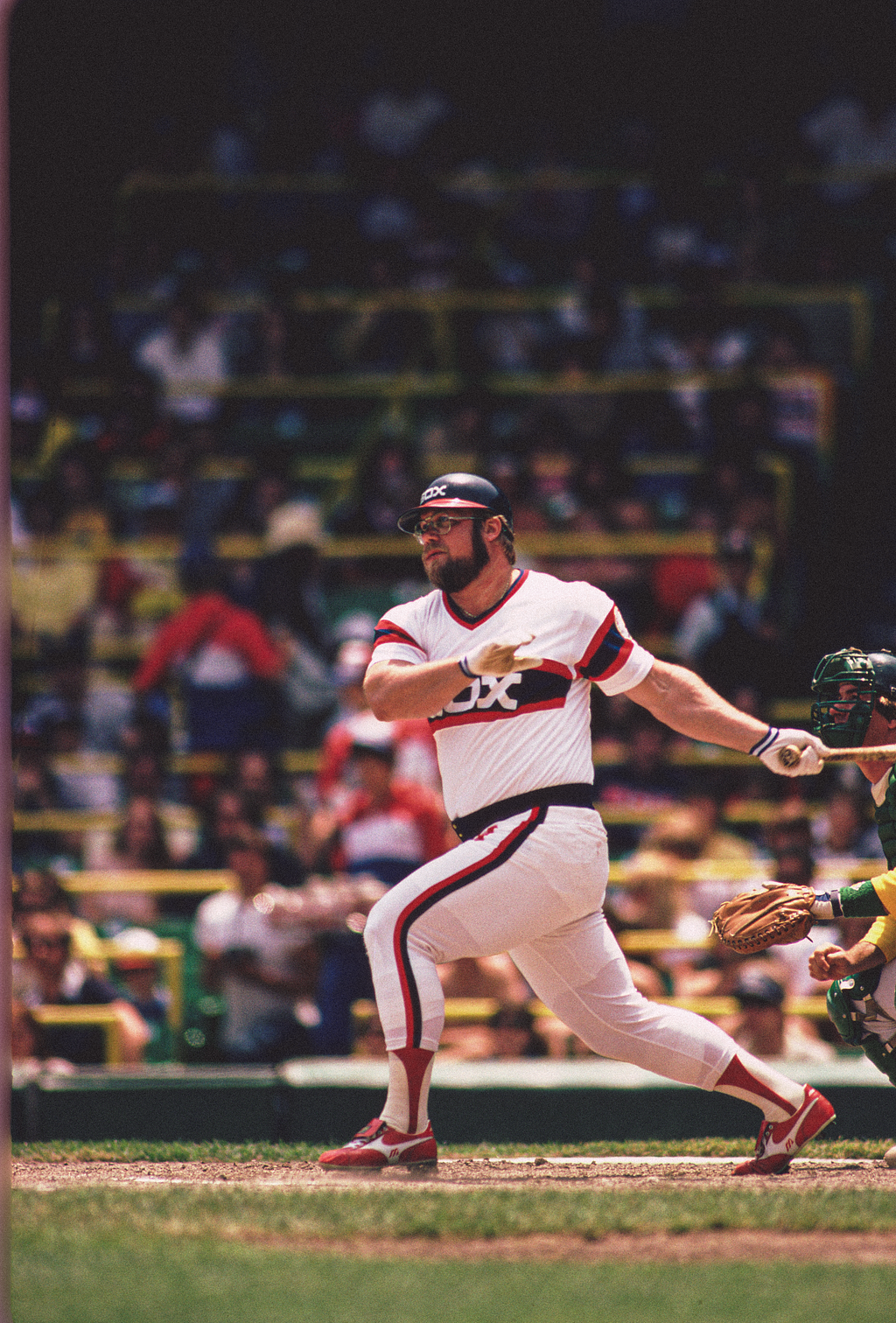
Visit whitesox.com to learn more and follow the Chicago White Sox on Facebook and Twitter.
The “Winning Ugly” White Sox : A 40th Anniversary Tribute Looking Back at the 1983 AL West Champs was originally published in Inside the White Sox on Medium, where people are continuing the conversation by highlighting and responding to this story.